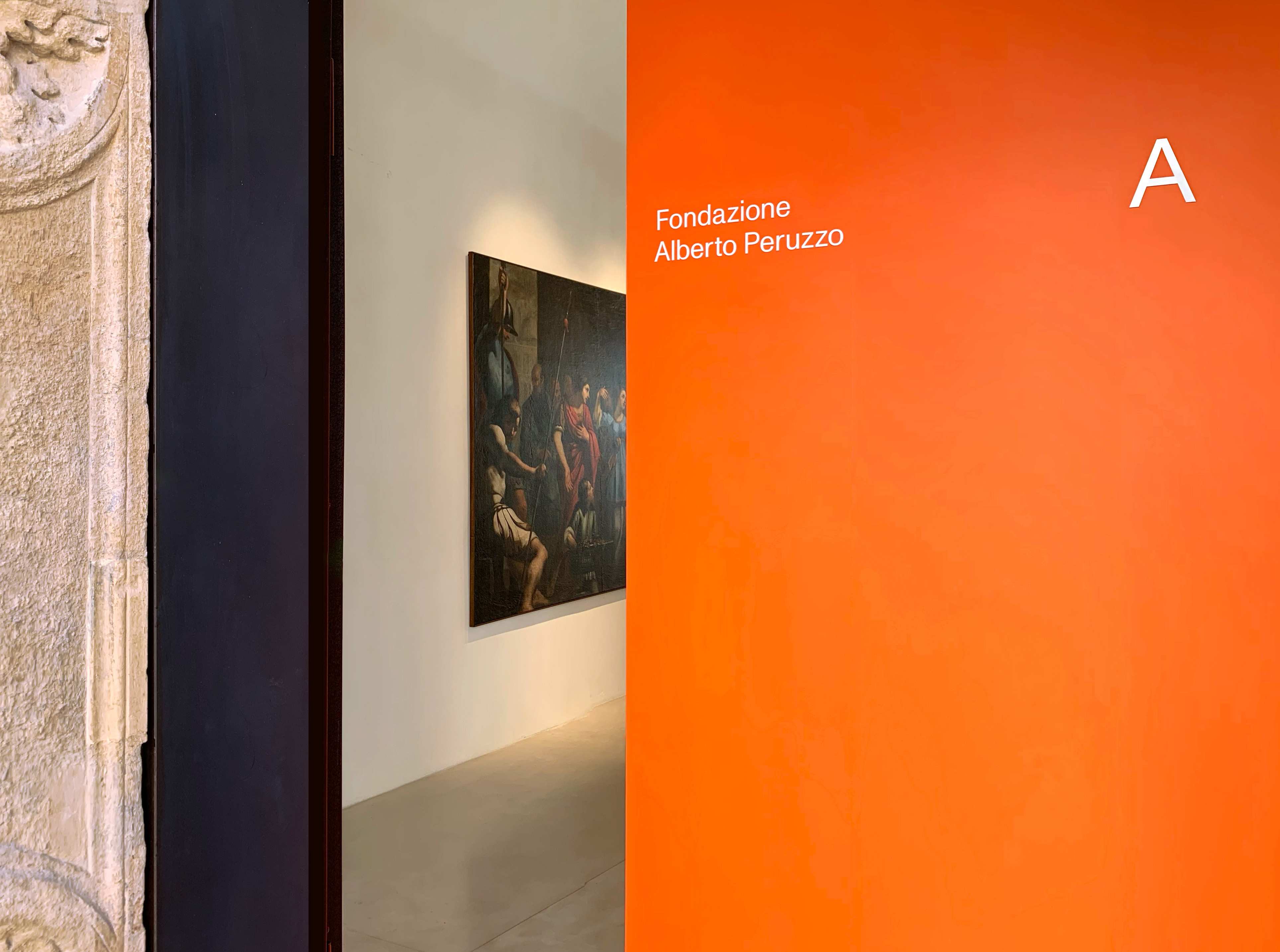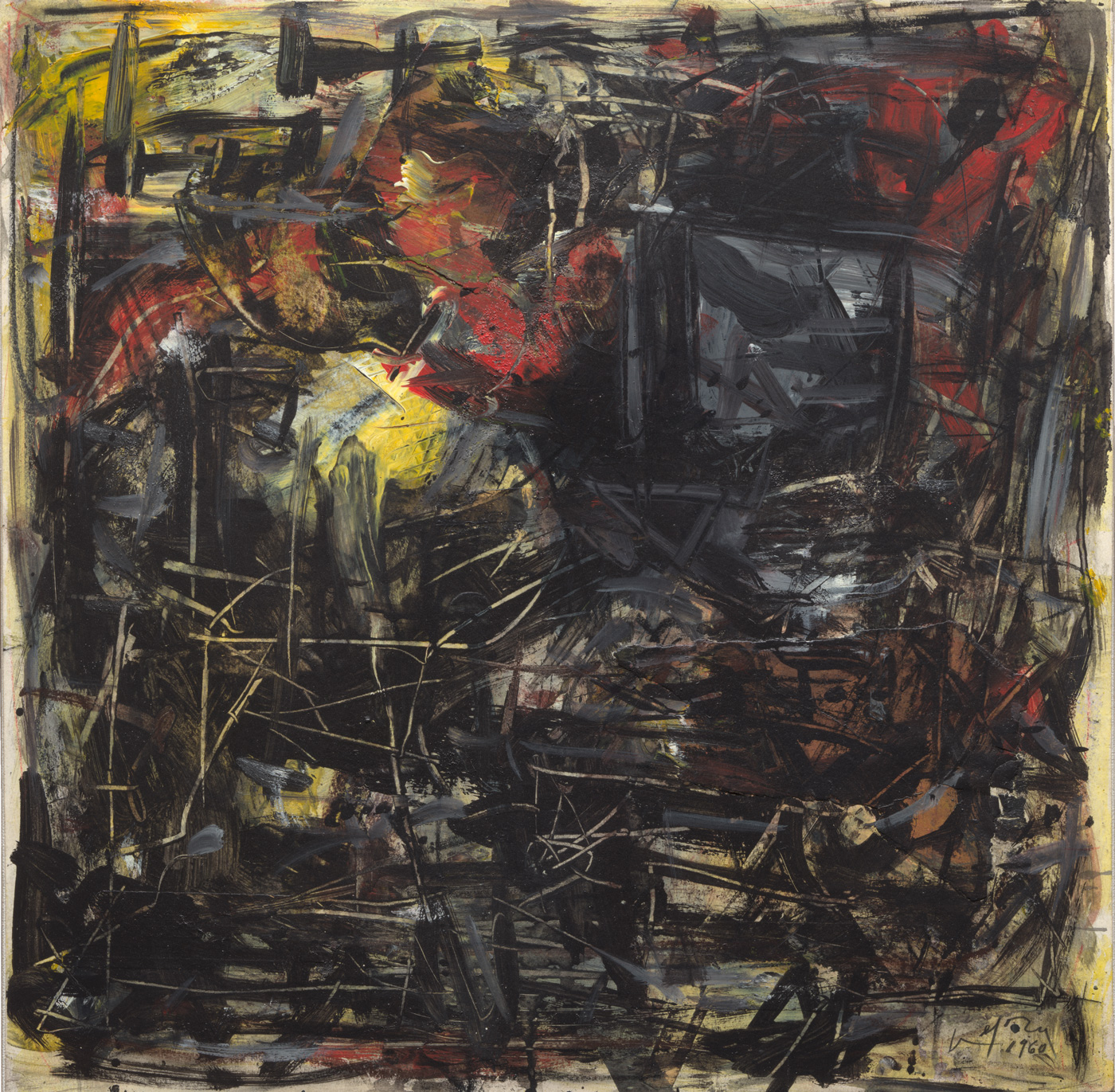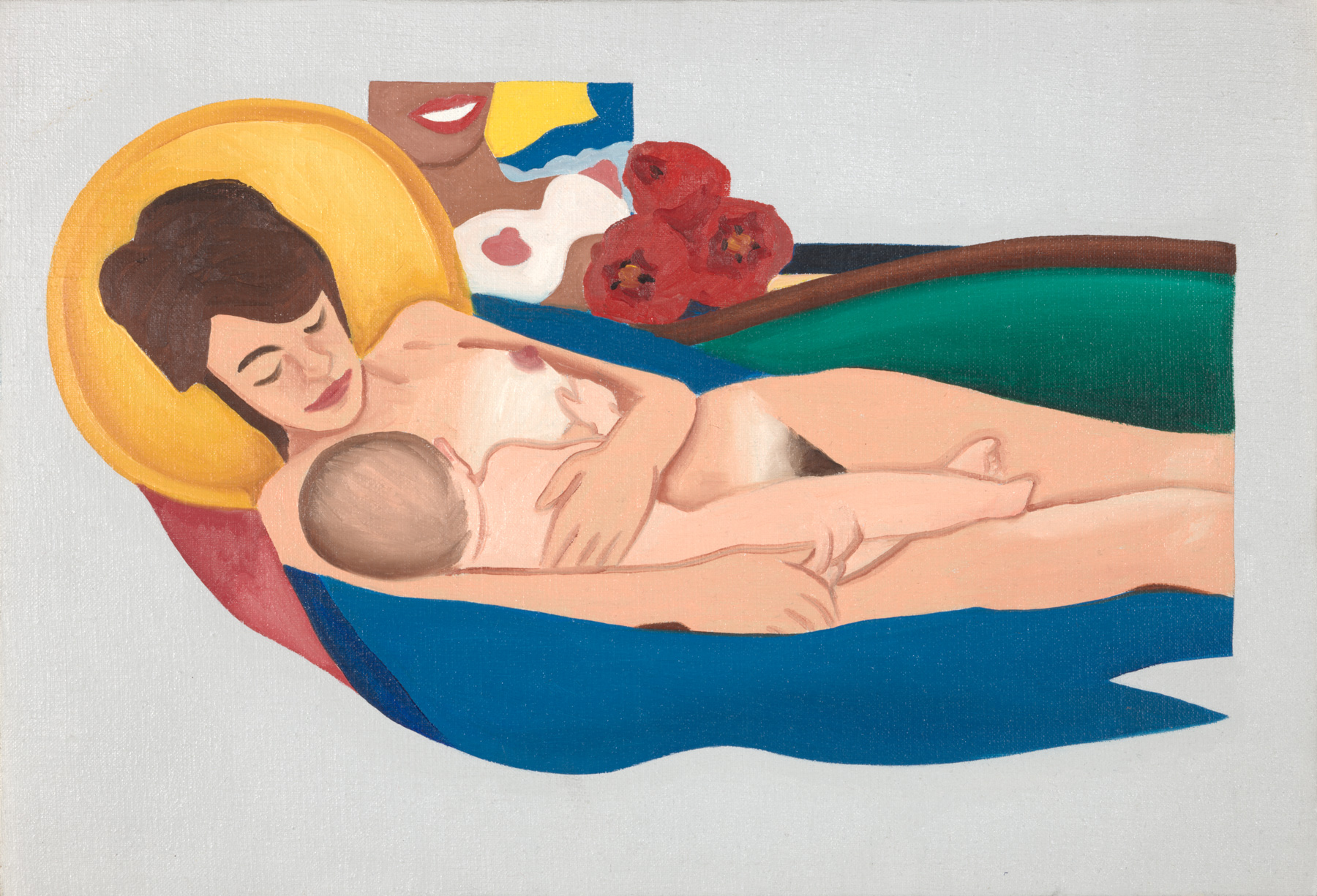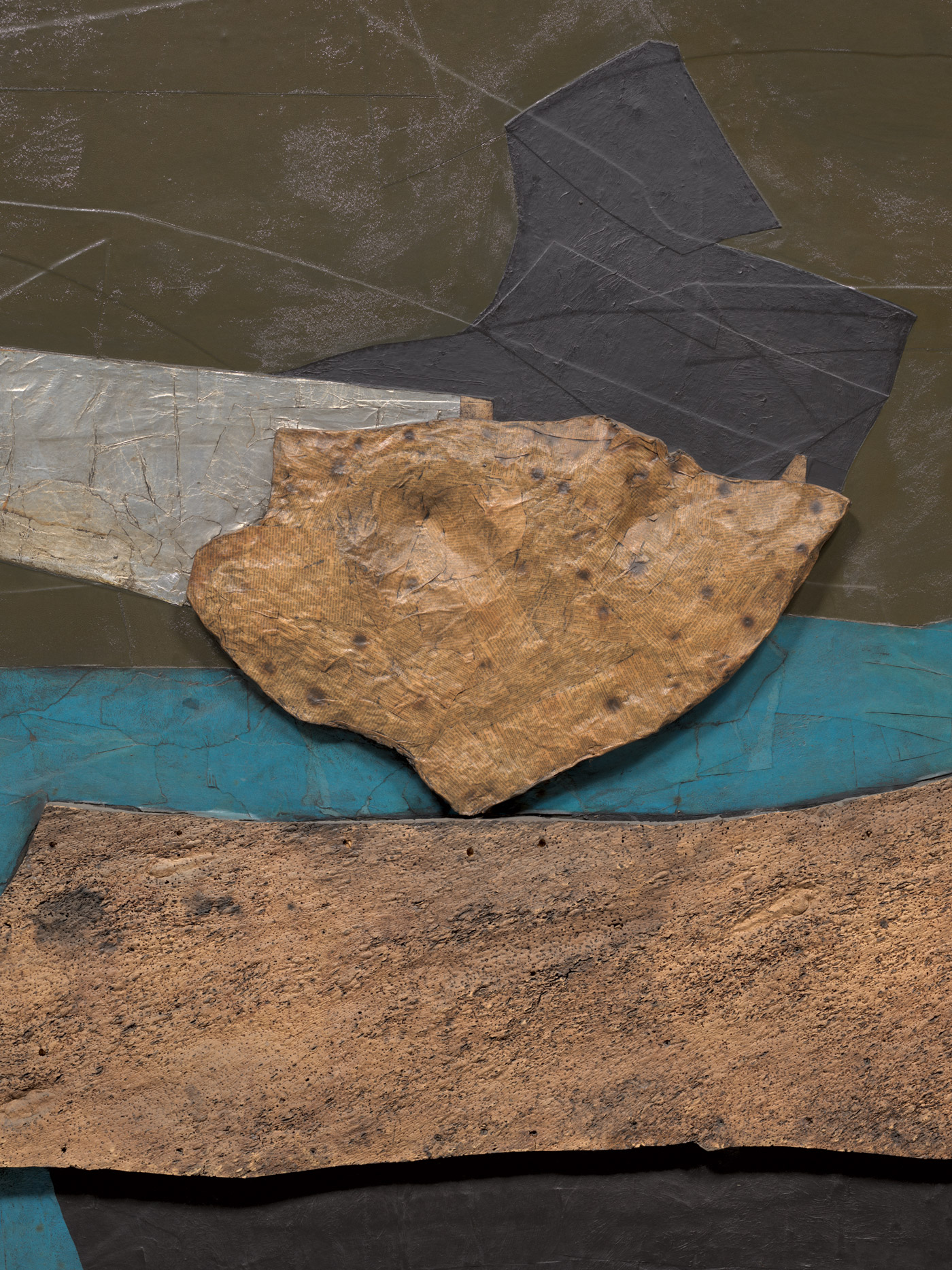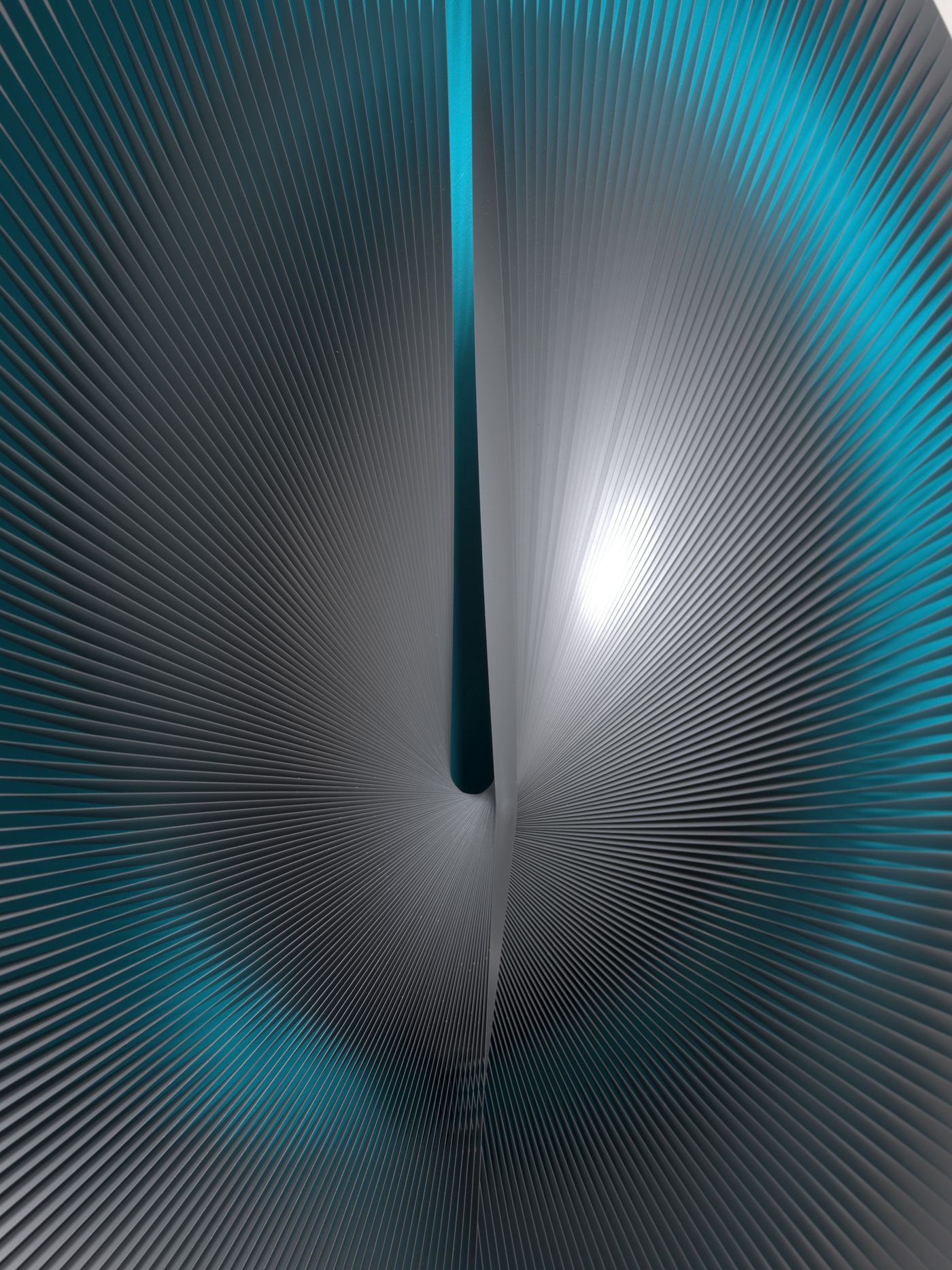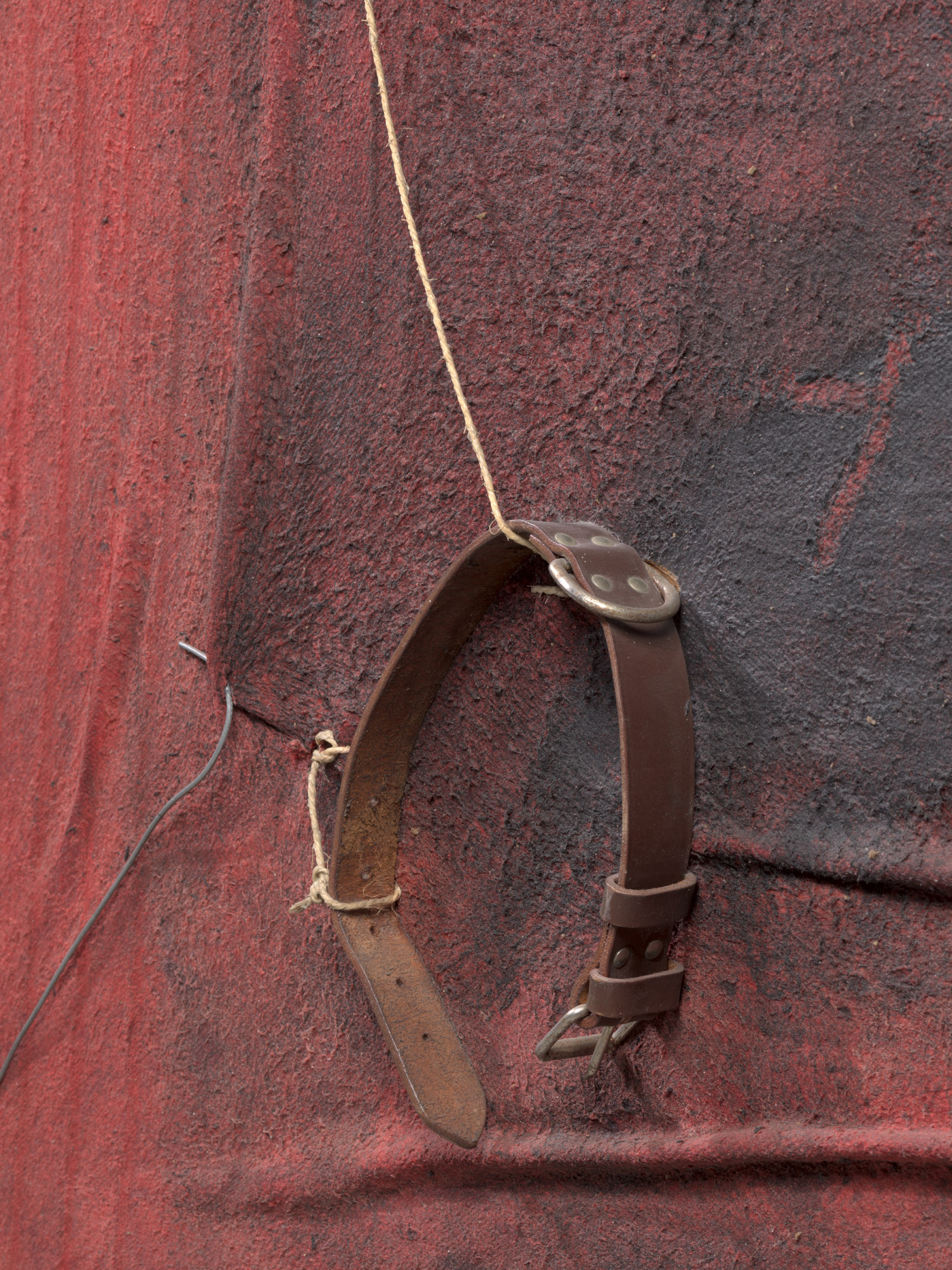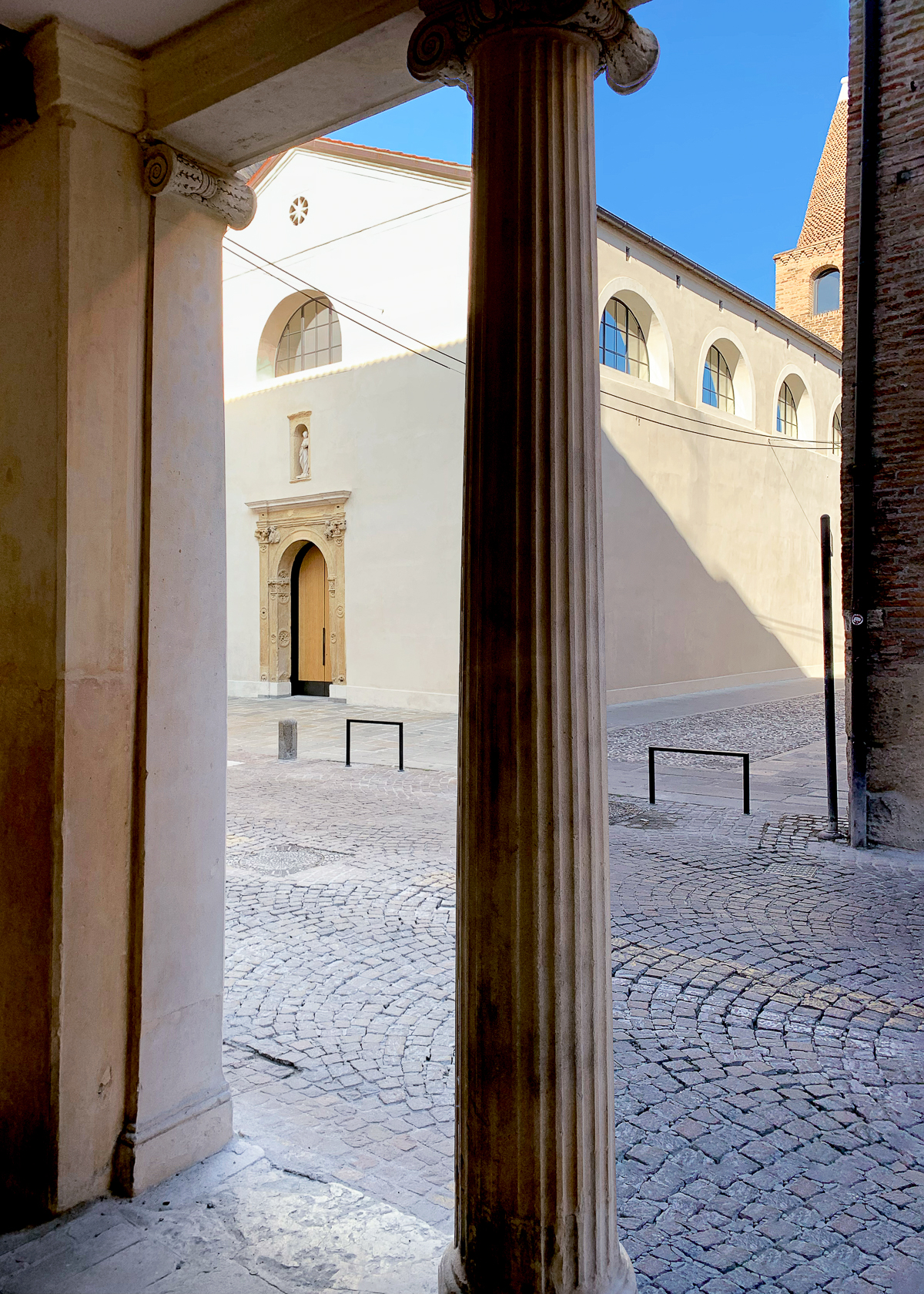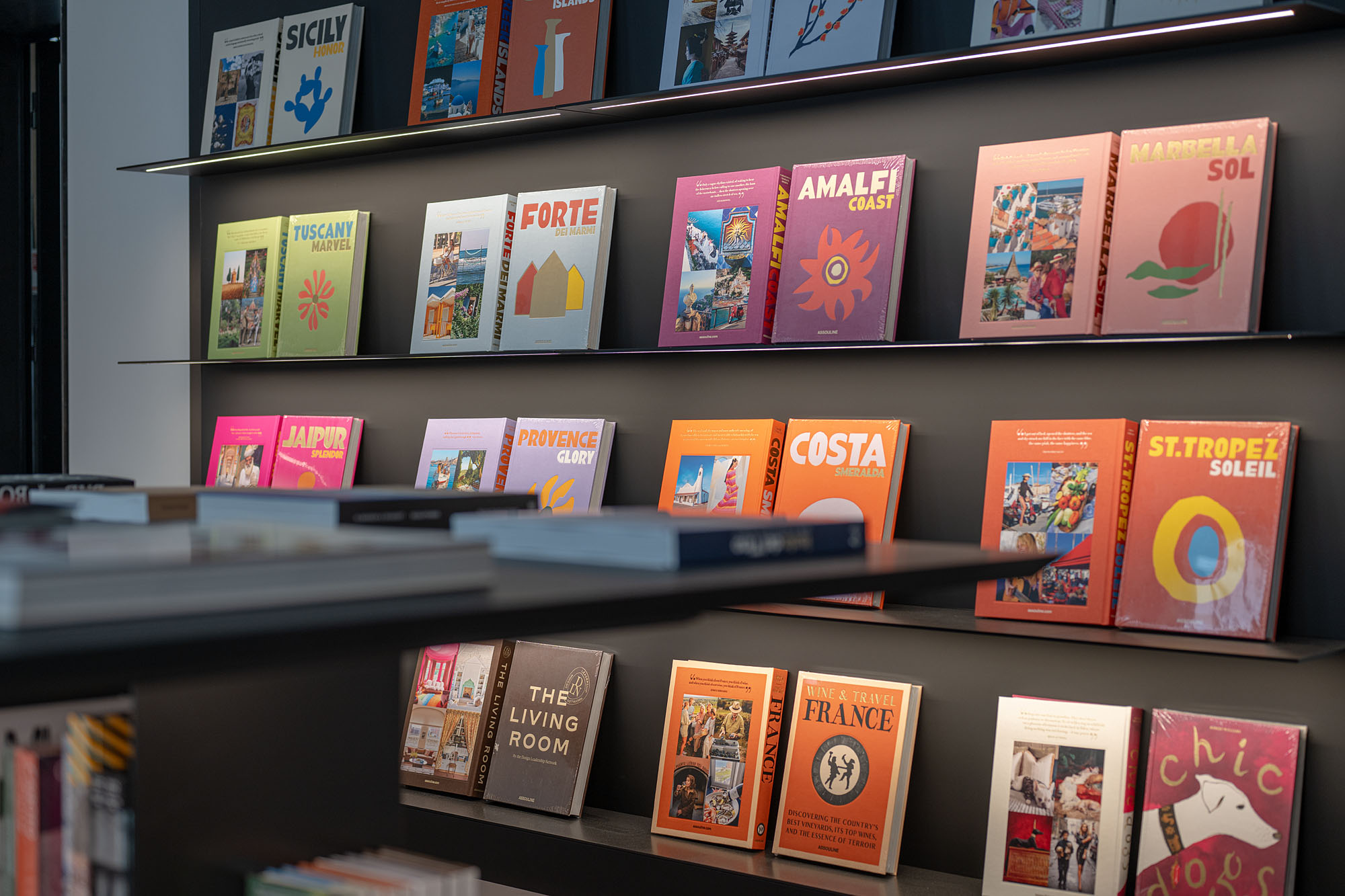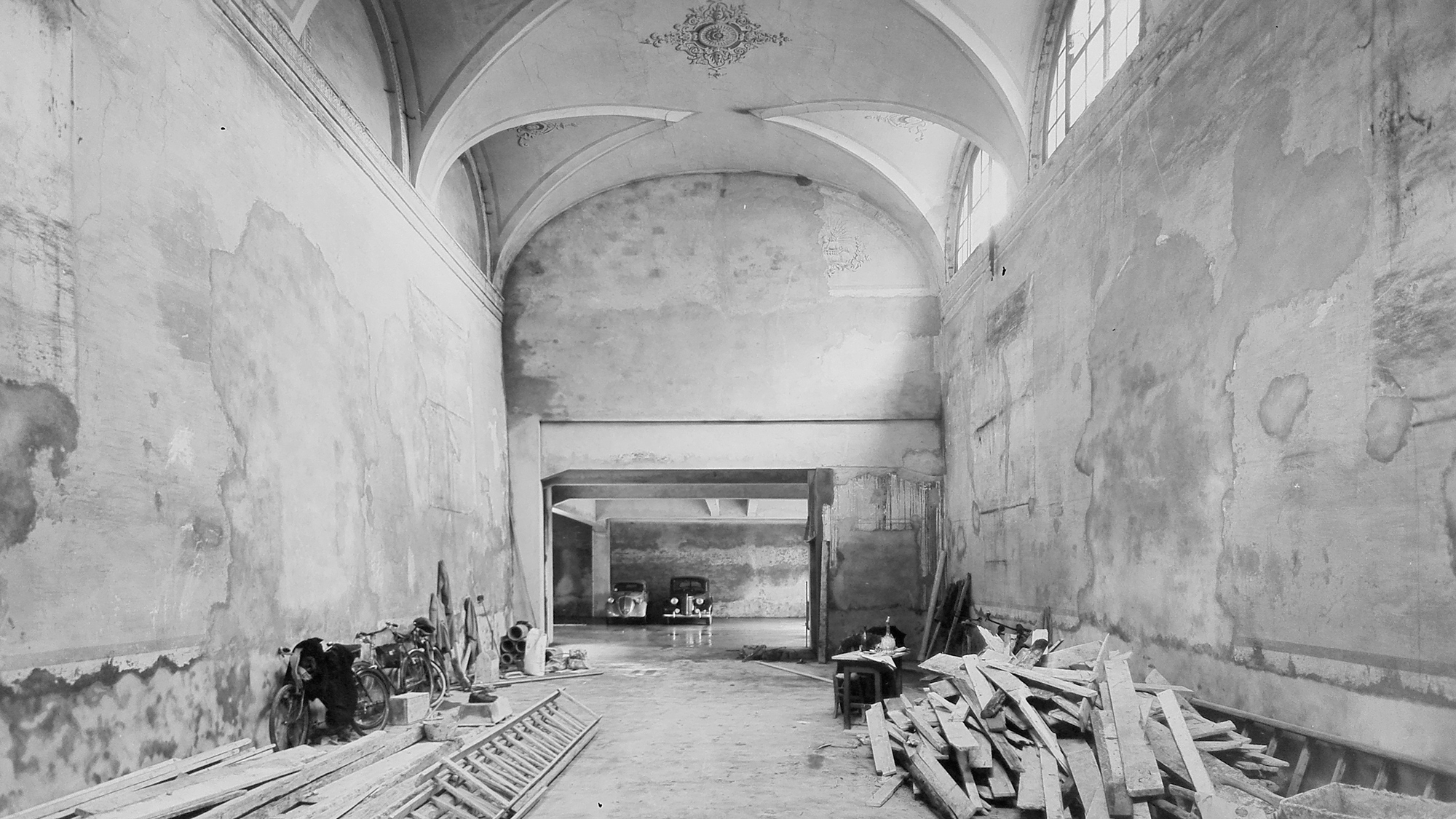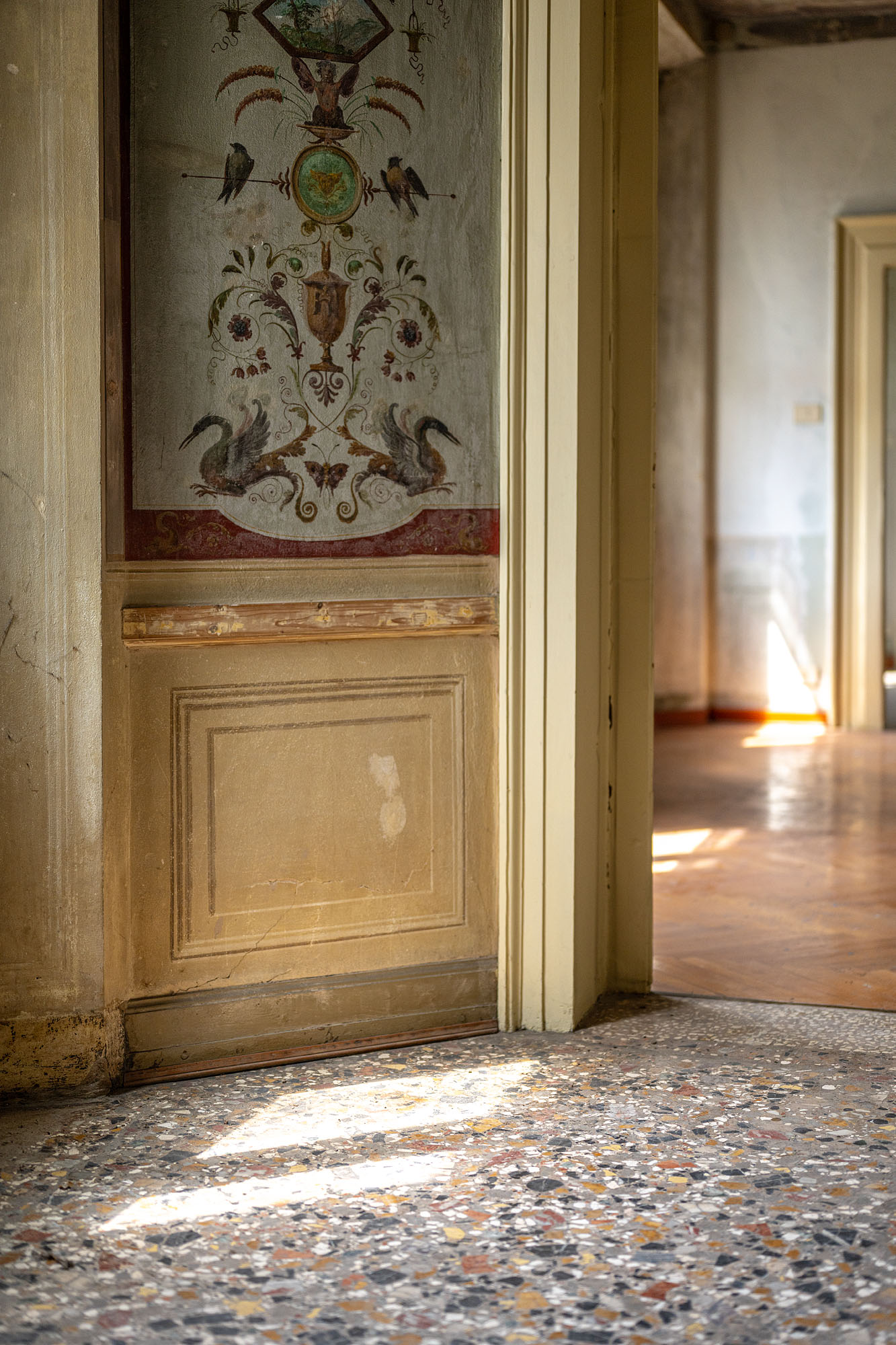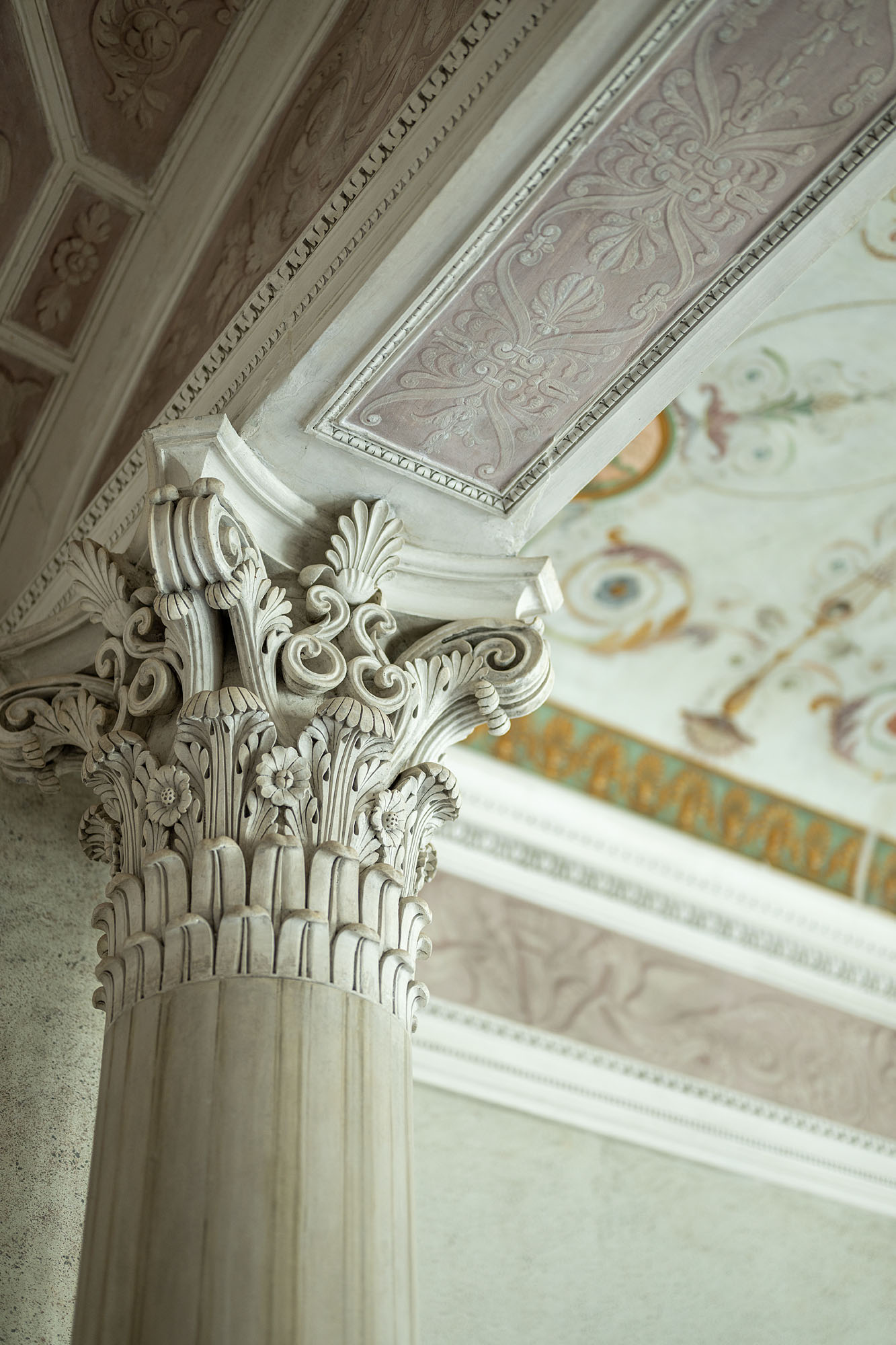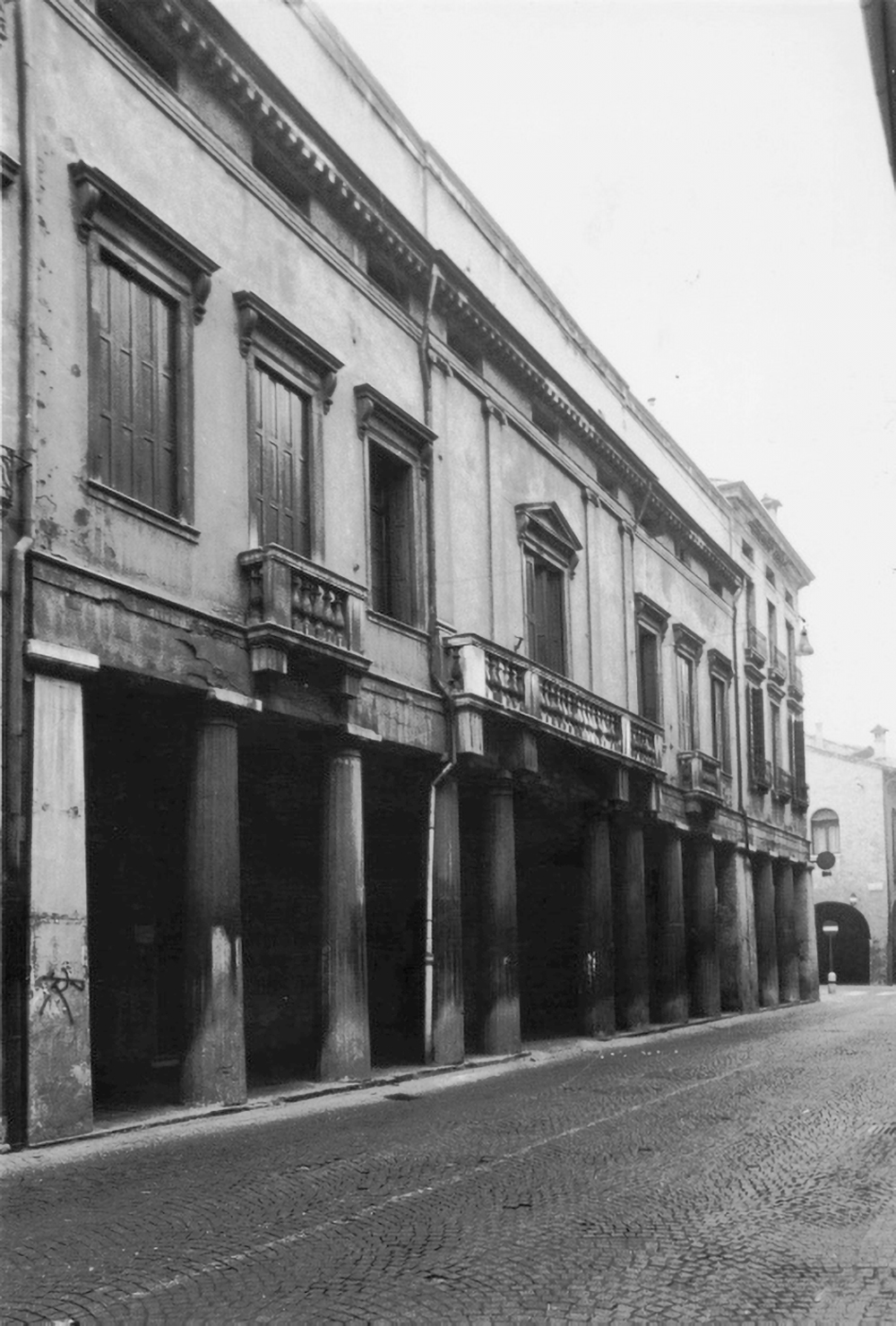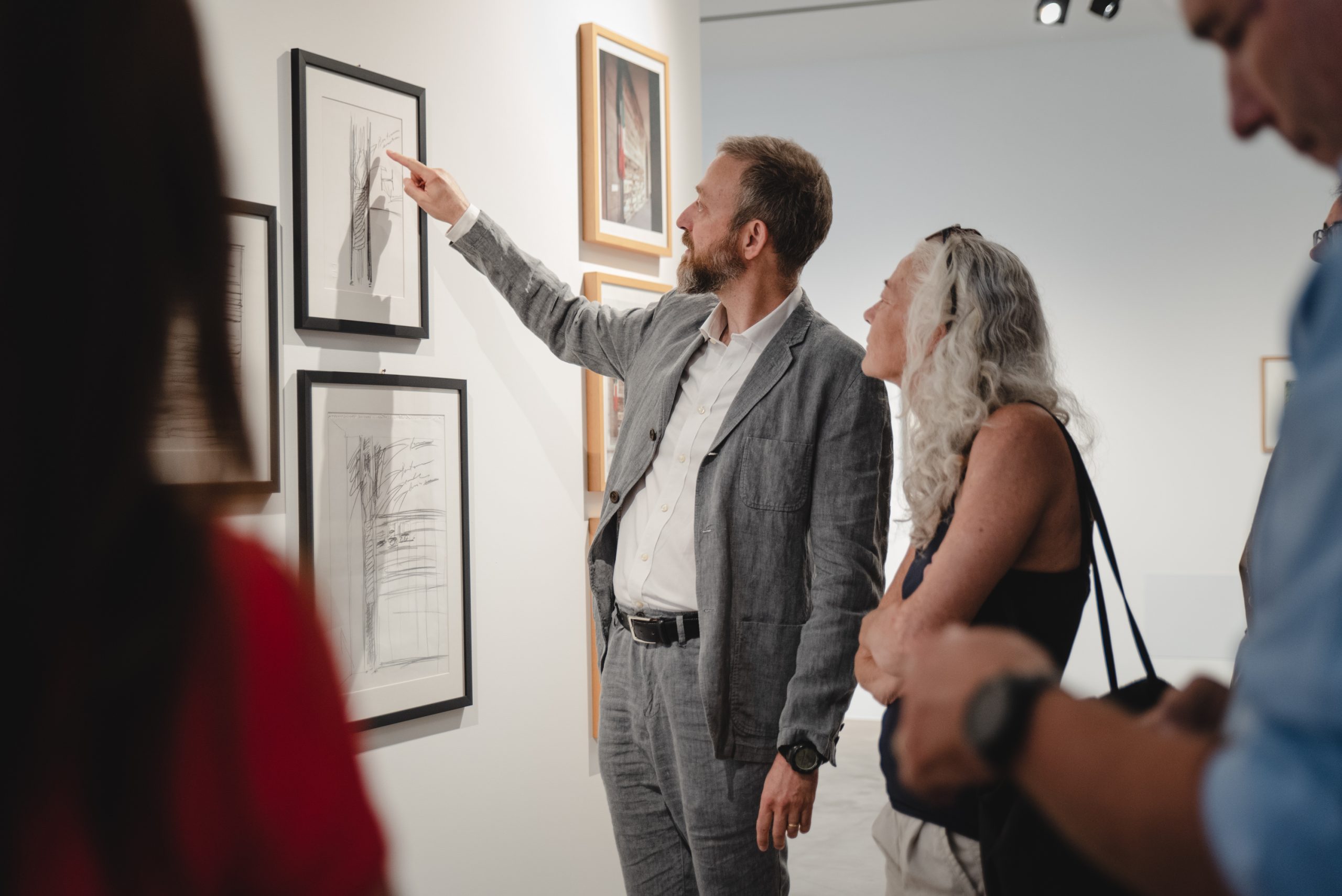Damnatio Figuræ. Dalla negazione dell’immagine al ritratto. From 19.06 to 05.10.2025 at the Sant’Agnese exhibition space. An exhibition itinerary that discovers the portrait and the image through a selection of thirty works.
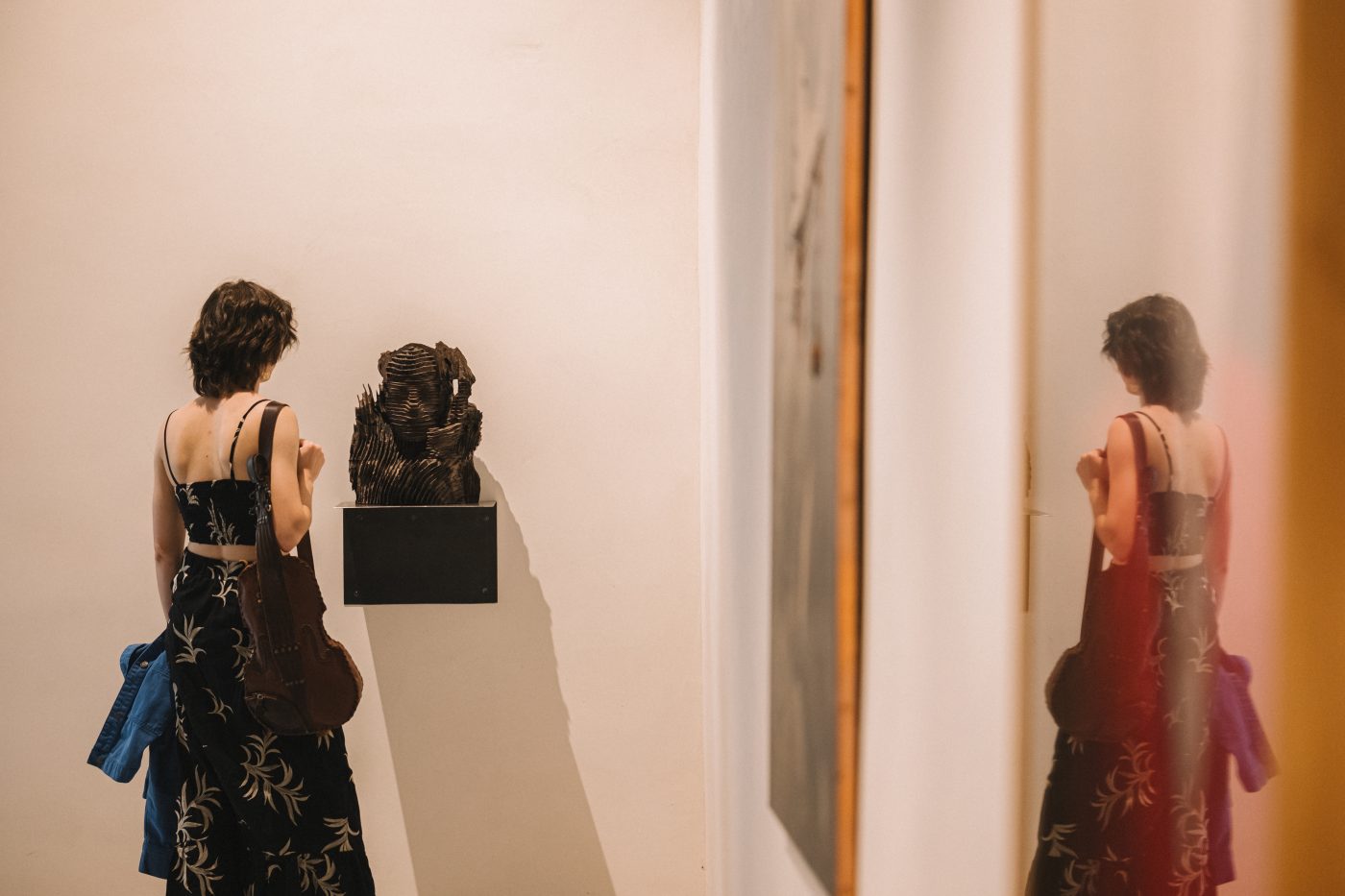
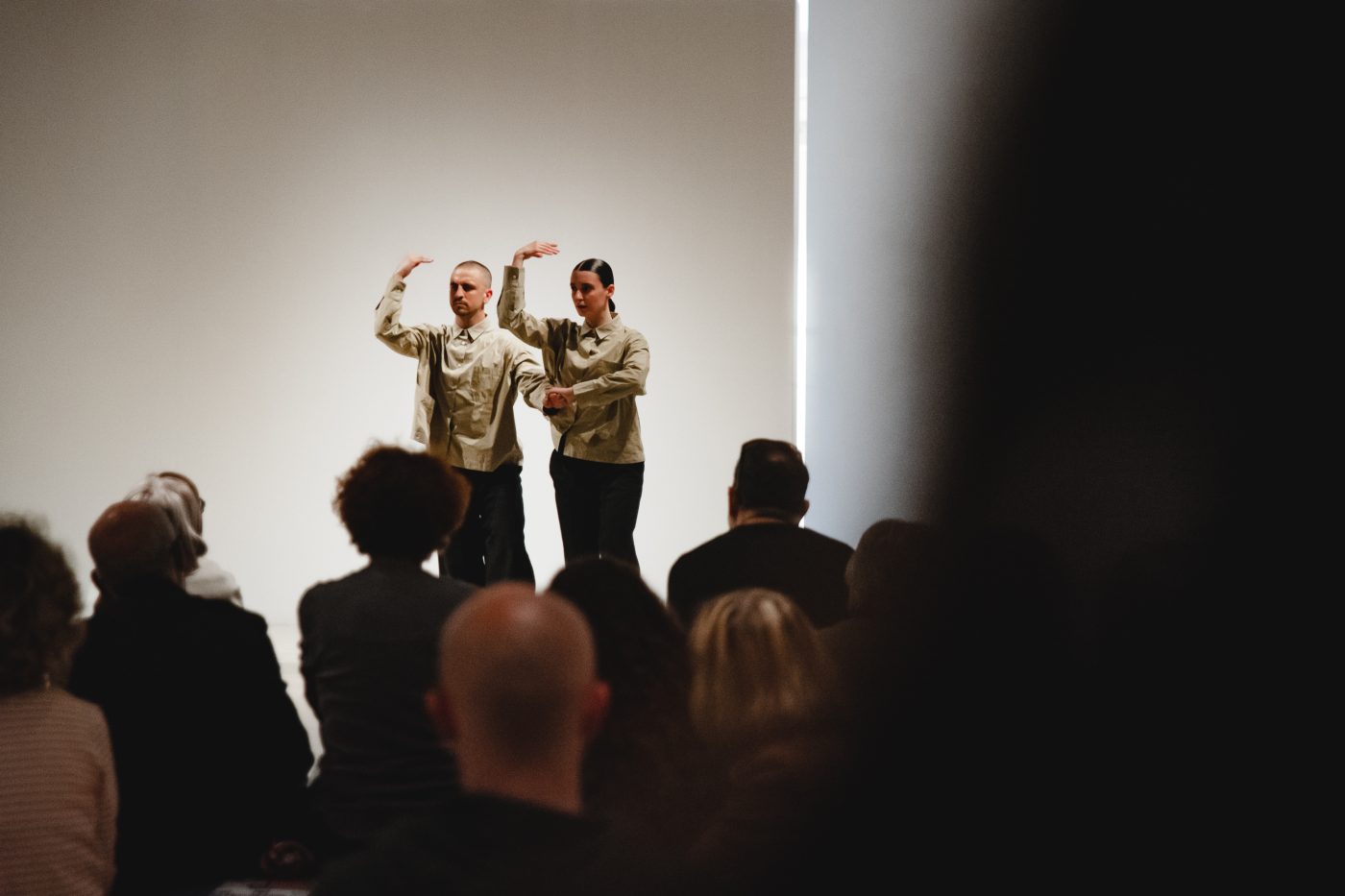
Intra. Spazi di sperimentazione a Sant’Agnese. Series of events proposed by the Foundation in the month of May (2025) dedicated to performing arts and improvisation.
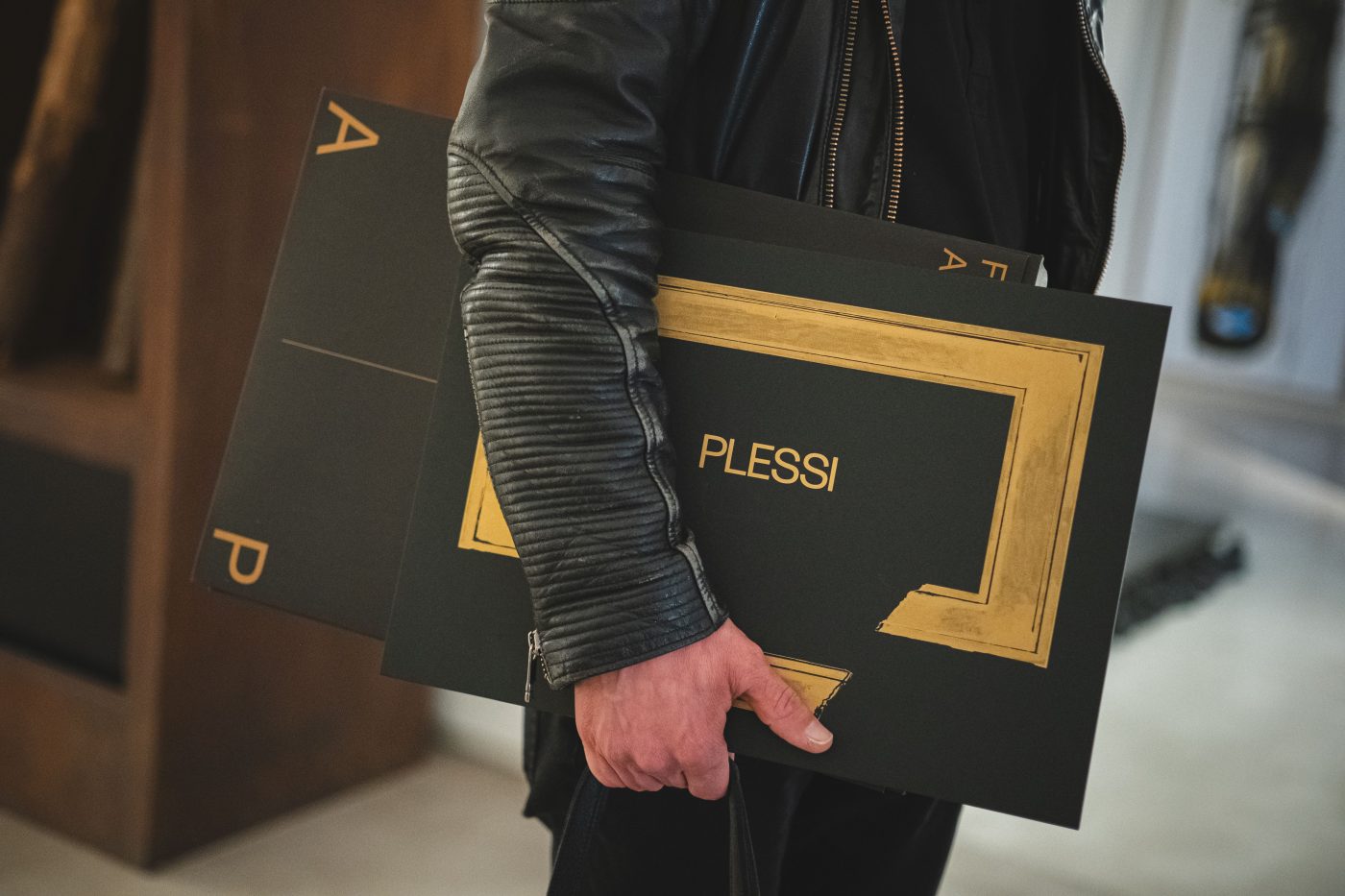
Nuova Sant’Agnese, Nave. Nero Oro, exhibition curated by Riccardo Caldura. A monographic exhibition dedicated to Fabrizio Plessi occupies all the spaces of the Nuova Sant’Agnese complex for the first time.
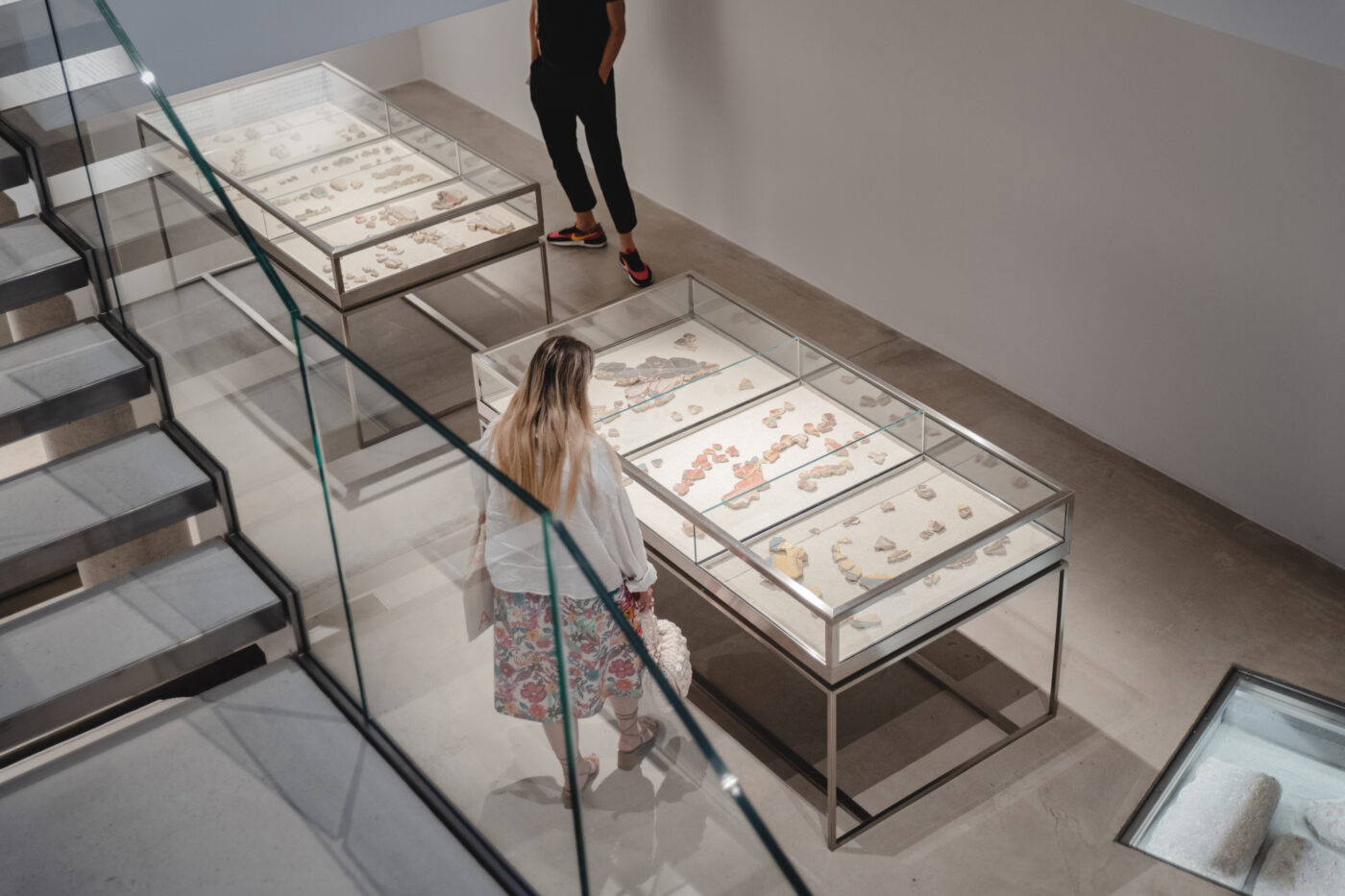
Nuova Sant’Agnese, Hypogeum. The space features a permanent historical area with a series of artefacts found during restoration work – including important fresco fragments from the 14th century – and two tomb slabs.
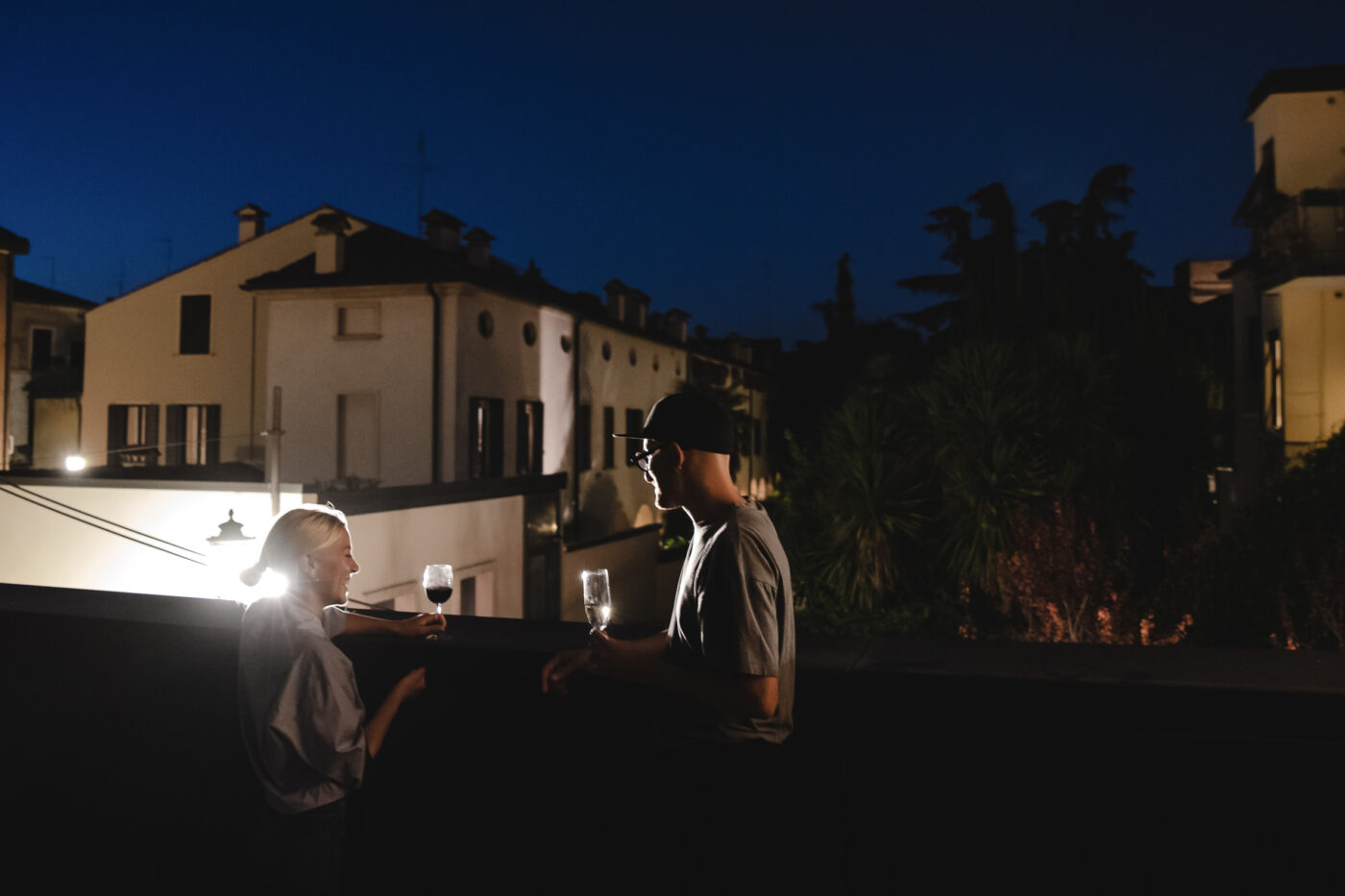
Nuova Sant’Agnese, Terrace. Located on the Sacristy, the space is an ideal location for exhibiting sculptures and hosting events. The Terrace, shortly to be opened, offers an unprecedented view of the bell tower of Sant’Agnese and the historical centre of Padua.
